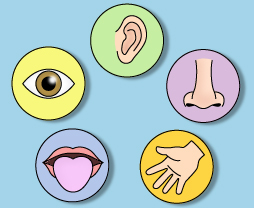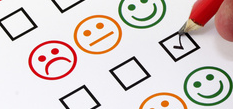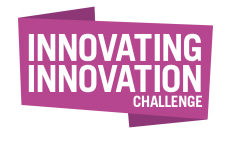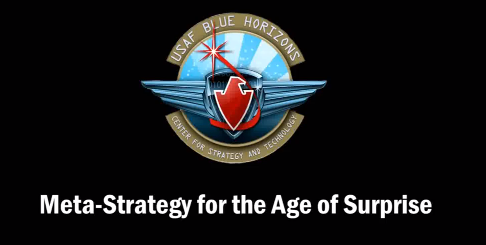Design and The Religious Experience
Saturday, January 12th, 2013 A belief in a god or gods and the institutions and practices that go along with it are a powerful psychological experience for millions of people daily. The opportunities for cognitive designers to learn from and enhance that experience are numerous. Some examples:
A belief in a god or gods and the institutions and practices that go along with it are a powerful psychological experience for millions of people daily. The opportunities for cognitive designers to learn from and enhance that experience are numerous. Some examples:
- Are Megachurches Masterstrokes of Cognitive Design?
- Are Believers Better Self-Regulators?
- Design Inspirations from Extreme Mental States
So I am always on the look out for scientific studies on the nature of religious beliefs, experiences and artifacts with insights that are useful for cognitive designers.
Take for example, the recent article in Trends in Cognitive Sciences on the Origins of Religious Disbelief. The researchers argue that non-belief flows from cognitive, motivational and cultural learning sources and takes four different forms. An excellent framework for cognitive designers working on programs to convert non-believers. The article also catalogs some 9 mechanisms involved in driving the intensity of religious beliefs that could be used to inform the design of religious artifacts and experiences.
I am interested to hear from readers that are working on applications in religion.
Source of Image: Religious Symbols








